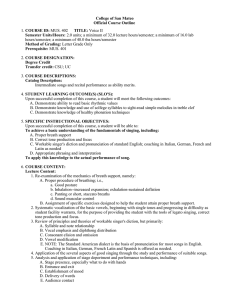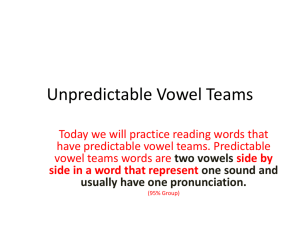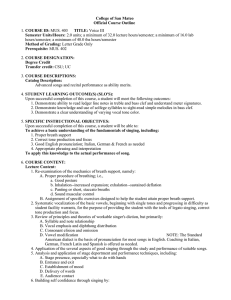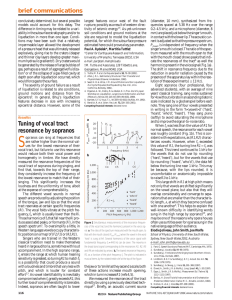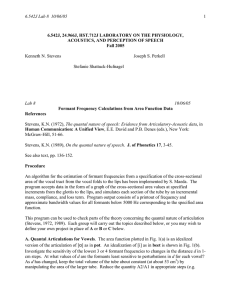Outline Of Curriculum - Noteworthy Vocal Studio
advertisement
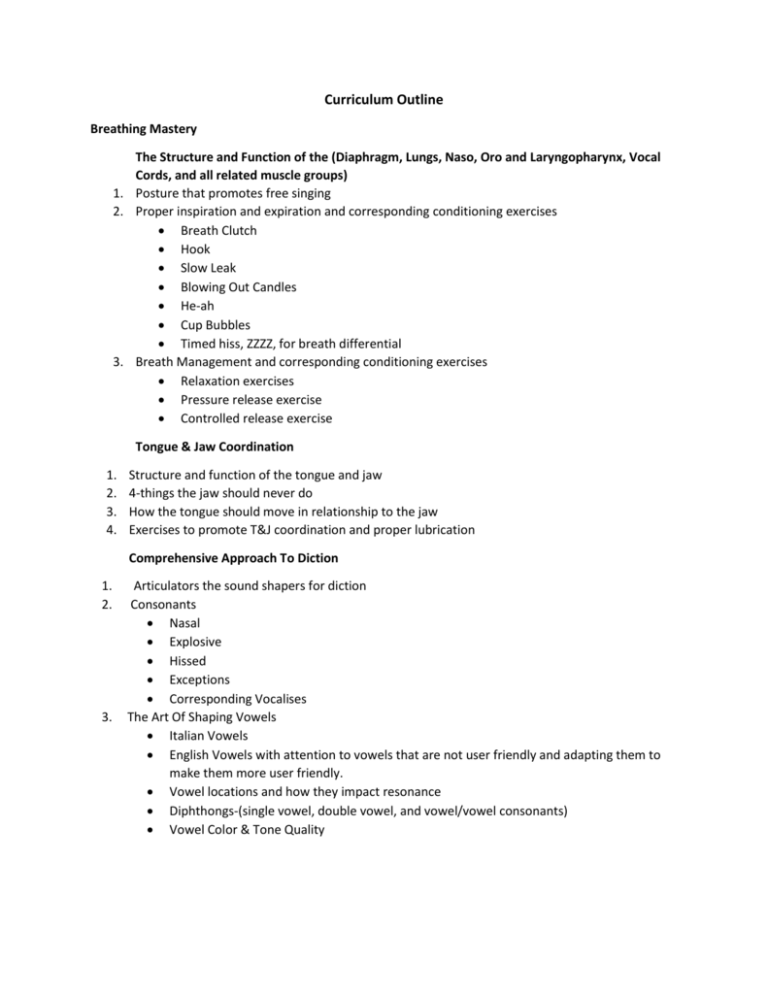
Curriculum Outline Breathing Mastery The Structure and Function of the (Diaphragm, Lungs, Naso, Oro and Laryngopharynx, Vocal Cords, and all related muscle groups) 1. Posture that promotes free singing 2. Proper inspiration and expiration and corresponding conditioning exercises Breath Clutch Hook Slow Leak Blowing Out Candles He-ah Cup Bubbles Timed hiss, ZZZZ, for breath differential 3. Breath Management and corresponding conditioning exercises Relaxation exercises Pressure release exercise Controlled release exercise Tongue & Jaw Coordination 1. 2. 3. 4. Structure and function of the tongue and jaw 4-things the jaw should never do How the tongue should move in relationship to the jaw Exercises to promote T&J coordination and proper lubrication Comprehensive Approach To Diction 1. 2. 3. Articulators the sound shapers for diction Consonants Nasal Explosive Hissed Exceptions Corresponding Vocalises The Art Of Shaping Vowels Italian Vowels English Vowels with attention to vowels that are not user friendly and adapting them to make them more user friendly. Vowel locations and how they impact resonance Diphthongs-(single vowel, double vowel, and vowel/vowel consonants) Vowel Color & Tone Quality Exploring Resonance 1. 2. 3. 4. 5. 6. 13. 14. What is a resonator and where are they located in our body. Head-voice resonance Mid-range resonance Chest-voice resonance Mastering the Passaggio region of your voice Directing your sound into the Head and Mask region Mid-range Chest Meet the Zipper Expanding Mid-range and all corresponding vocalises Flip-flopping and substitution Discovering the Dome-the inside smile An up close look at the vocal cords How the voice works Function of the Thyroid muscle group Function of the Arytenoid muscle group The pathway of singing Pathway of air Pathway of vibration The extended pathway Visualization as a tool for extending the pathway 1. 2. 3. 4. 5. 6. 7. 8. Development of the Vocal Line Pitch, Placement and Interval training Visualization and Imaging-corresponding exercises Internal Rehearsal The Reversed Megaphone Elevating the voice The inner smile Bone Amplifies Tone The 90%/10% Rule 7. 8. 9. 10. 11. 12. How To Achieve A Balanced Tone 1. 2. 3. 4. One Instrument/Three Zones Double Anchored Tone Keeping The Pathway Open Blending Vocal Colors-corresponding imagery for blending The Basics Of Sight Singing 1. Defining: The staff, treble and bass clef, bar lines, repeat signs, accidentals, Time Signature, note and rest values C-Major Scale Solfege-and the corresponding sounds that are used in this technique The Moveable Do Learning to recognize patterns in singing The wheel of flats and sharps The Art Of Performing How to take the stage Interpreting a song Emoting a song Managing stage nerves Engaging the audience The Care, Feeding and Preservation of the Voice 1. Importance of water 2. Negative effects of Caffeine, Alcohol, and an unhealthy diet. Heat and Cold Smoking Overuse and Abuse

